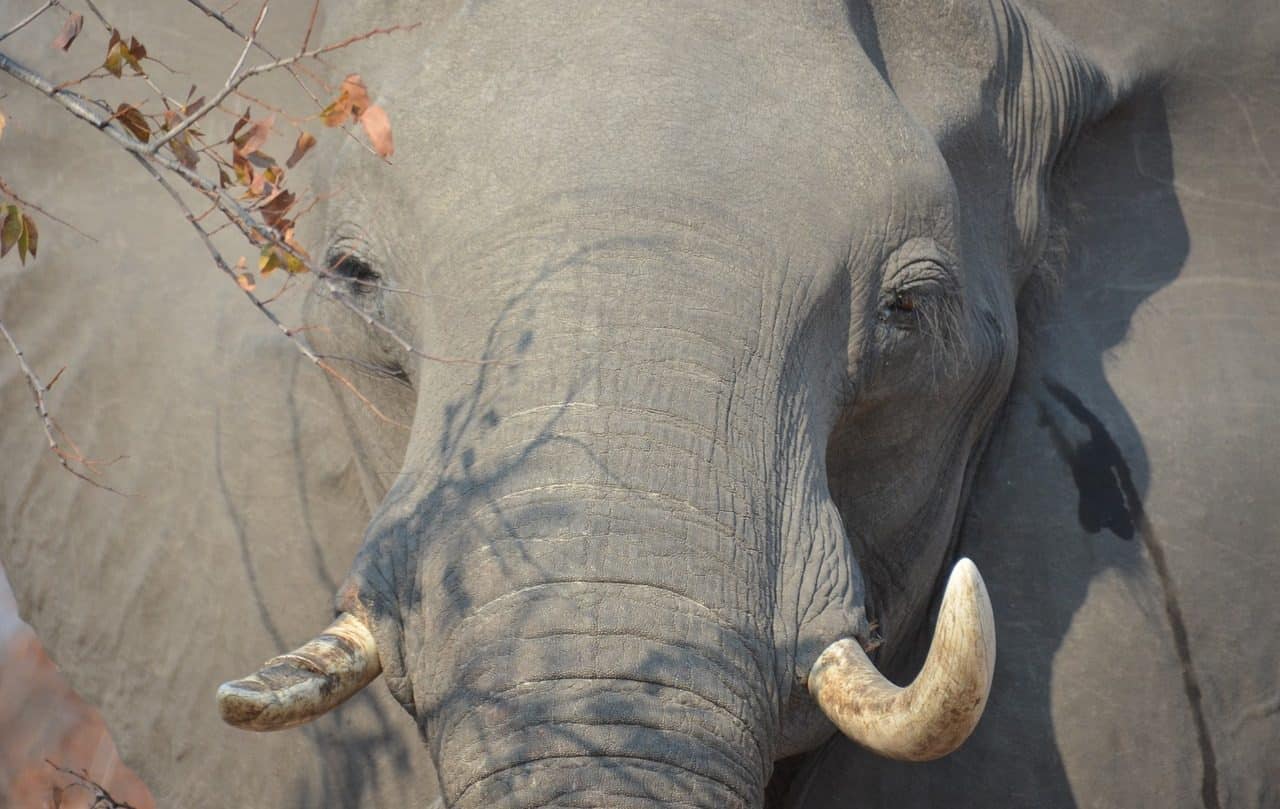
In addition to killing, poaching also includes the illegal capture of animals.
Poaching is the illegal capture or hunting of wild animals. It usually takes place in protected areas where hunting is prohibited, outside the permitted season, or without the hunting permits required by law. It may include prohibited hunting methods, such as illegal traps, poison, or the use of illegal weapons.
This activity has a negative impact on biodiversity and ecological balance, and is often motivated by the desire to obtain valuable products, such as ivory, rhino horn, or animal skin . Furthermore, poaching can be linked to organized crime networks, exacerbating its social and economic impact.
Types of poaching
commercial hunting
It is done for profit. Poachers kill animals to sell their valuable parts. Products derived from these animals are in high demand on the black market and can reach very high prices.
subsistence hunting
In some rural communities, people hunt illegally for food. The lack of economic resources often links the concepts of poverty and poaching , since it is the only way that these communities find to survive. Although this type may seem more justifiable from a humanitarian point of view, it also contributes to the extinction of species and the degradation of the ecosystem.
sport hunting
It is also known as trophy hunting , and is done for the pleasure of hunting a specific animal. Poachers often look for protected or endangered species to add to their private collections. This type is especially harmful to populations of rare and vulnerable species.
Hunting for revenge or pest control
Some animals are hunted illegally because they are considered a threat to livestock, crops, or even human life. For example, predators such as wolves, lions or tigers may be hunted to protect farm animals.
Exotic animal hunting
It focuses on exotic species that are not native to the area where it is hunted. Some animals are captured to be sold as pets, for private zoos or for the illegal wildlife trade. This practice can also affect local ecosystems by introducing non-native species.
Consequences
Poaching has multiple negative impacts:
- biodiversity loss – many species face extinction due to poaching;
- economic consequences : local communities may perceive a loss of income from tourism, specifically ecotourism ;
- destabilization of ecosystems : the elimination of key species can alter the natural balance of ecosystems;
- social and security problems : poaching is often linked to criminal networks, which can increase violence and corruption in the affected regions, with the consequent need to strengthen security forces.
Measures to combat poaching
The fight against poaching requires a coordinated global effort and cooperation between governments, non-governmental organizations and local communities to protect wildlife and ensure the sustainable development of ecosystems.
Some measures to combat poaching are:
- strengthening legislation – legislators can implement and enforce stricter anti-poaching laws;
- environmental education : through awareness campaigns, inform communities about the importance of conservation and sustainable alternatives to create the necessary social awareness;
- economic incentives : provide economic alternatives to communities that depend on hunting for their subsistence;
- surveillance technology : use advanced technology such as conservation drones and camera traps to monitor species in protected areas.

Rhinos are victims of poaching for the commercial value of their horns.
Animal trafficking
Animal trafficking is one of the most lucrative and destructive forms of poaching. This illegal trade includes the capture, transportation and sale of live animals and their parts, such as skins, bones and organs. The most affected are big cats, primates, exotic birds and reptiles. Buyers are typically private collectors, illegal zoos, and the exotic pet market .
Animal trafficking contributes significantly to the risk of extinction of many species. Captured animals are often kept in deplorable conditions , and many die during transport due to stress, lack of food and water, and untreated wounds.
Ivory trafficking
Ivory trafficking is one of the most well-known and devastating poaching activities. Hunters kill elephants for their tusks, which are highly valued on the black market, especially in Asia, where they are used to make ornamental objects and traditional medicines.
Elephant hunting has led to drastic declines in elephant populations in Africa and Asia . Furthermore, this practice has destabilized entire ecosystems, as elephants play a crucial role in dispersing seeds and creating clearings in forests.
Smuggling networks
Animal and ivory smuggling networks are extremely sophisticated and are often linked to other types of criminal activity, such as drug and weapons trafficking. They operate internationally, taking advantage of corruption , weak law enforcement, and continued demand in illegal markets.
We can summarize its modus operandi in the following three points:
- capture : poachers use traps, poisons and weapons to capture animals;
- transport : animals and derived products are transported secretly and often in brutal conditions across international borders;
- sale : once in the destination countries, the products are distributed through clandestine channels to final buyers.

Ivory from elephant tusks is a common target of poachers.
Legal sanctions
Many countries have implemented strict laws and penalties to address illegal animal and ivory trafficking:
- Large fines : Violators can face significant fines that vary depending on the severity of the crime and the species involved;
- Prison sentences : Poachers and traffickers can receive prison sentences ranging from several years to life in prison in extreme cases;
- asset confiscation – governments may confiscate assets and property used in poaching and illegal trafficking activities;
- International cooperation : Through international agreements and conventions, such as CITES (Convention on International Trade in Endangered Species of Wild Fauna and Flora) , countries collaborate to track and stop traffickers.
